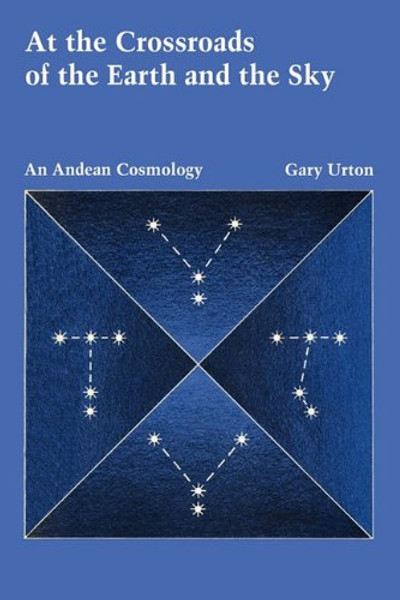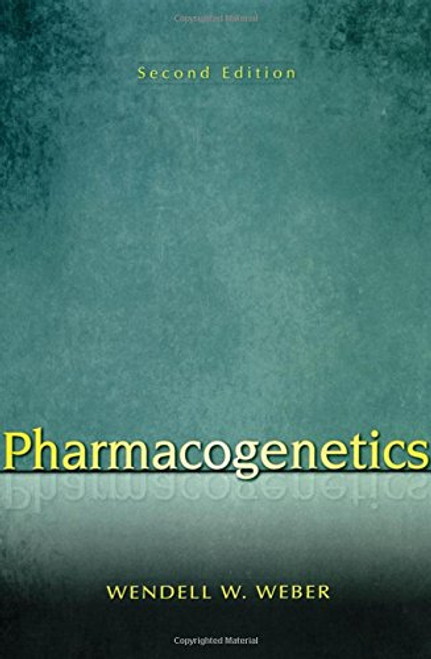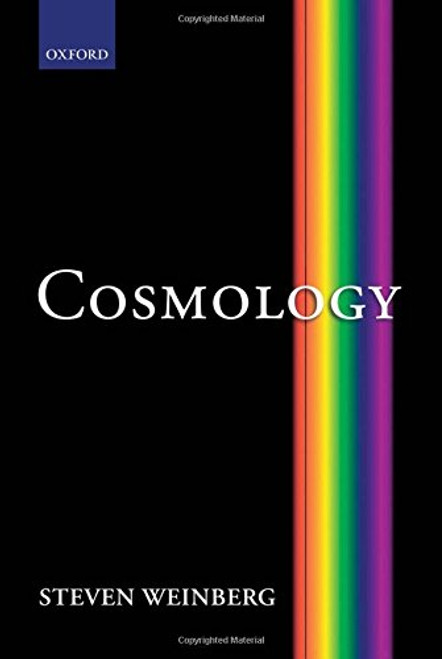Product Overview
Above Misminay, the sky also is so divided by the alternation of the two axes of the Milky Way passing through the zenith. This mirror-image quadri-partition of terrestrial and celestial spheres is such that a point within one of the quarters of the earth is related to a point within the corresponding celestial quarter. The transition between the earth and the sky occurs at the horizon, where sacred mountains are related to topographic and celestial features.
Based on fieldwork in Misminay, Peru, Gary Urton details a cosmology in which the Milky Way is central. This is the first study that provides a description and analysis of the astronomical and cosmological system in a contemporary community in the Americas. Separate chapters take up the sun, the moon, meteorological phenomena, the stars, and the planets. Star-to-star constellations, the animal dark-cloud constellations that cut through the Milky Way, and certain twilight- and midnight-zenith stars are analyzed in terms of their spatial and temporal integration within an indigenous cosmological framework.
Urton breaks new ground by demonstrating the indigenous merging of such forms of precise knowledge as astronomy, meteorology, agriculture, and the correlation of astronomical and biological cycles within a single calendar system. More than sixty diagrams clarify this Quechua system of astronomy and relate it to more familiar principles of Western astronomy and cosmology.









